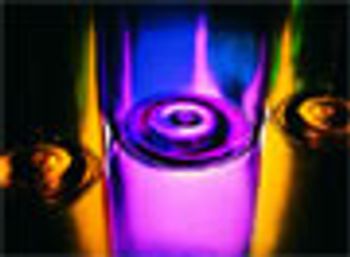
Residual solvents in pharmaceuticals are organic, volatile chemicals that are either used or produced during the manufacture of actives, excipients or drug products. These chemicals may be hazardous to human health; however, their acceptance limits and classification vary among the three major pharmacopoeia. In this article, the author discusses the regulatory status of the various classifications of residual solvents with regard to the European, US and Japanese pharmacopoeia.

